Related Research Articles
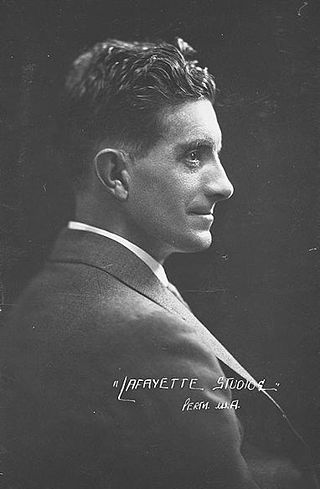
Arthur William Upfield was an English-Australian writer, best known for his works of detective fiction featuring Detective Inspector Napoleon "Bony" Bonaparte of the Queensland Police Force, a mixed-race Indigenous Australian. His books were the basis for a 1970s Australian television series entitled Boney, as well as a 1990 telemovie and a 1992 spin-off TV series.
Ronald Grant Taylor was an English-Australian actor best known as the abrasive General Henderson in the Gerry Anderson science fiction series UFO and for his lead role in Forty Thousand Horsemen (1940).
Afghan cameleers in Australia, also known as "Afghans" or "Ghans", were camel drivers who worked in Outback Australia from the 1860s to the 1930s. Small groups of cameleers were shipped in and out of Australia at three-year intervals, to service the Australian inland pastoral industry by carting goods and transporting wool bales by camel trains. They were commonly referred to as "Afghans", even though the majority of them originated from the far western parts of British India, primarily the NWFP and Balochistan, which was inhabited by ethnic Balochs and Pashtuns. Nonetheless, many were from Afghanistan itself as well. In addition, there were also some with origins in Egypt and Turkey. The majority of cameleers, including cameleers from British India, were Muslim, while a sizeable minority were Sikhs from the Punjab region. They set up camel-breeding stations and rest-house outposts, known as caravanserai, throughout inland Australia, creating a permanent link between the coastal cities and the remote cattle and sheep grazing stations until about the 1930s, when they were largely replaced by the automobile. They included members of the Pashtun, Baloch, and Sindhi ethnic groups from south-central Asia ; others from the Punjabi, Kashmir, and Rajasthan regions of the Indian subcontinent; as well as people from Egypt, Iraq, Syria, and Turkey. They provided vital support to exploration, communications and settlement in the arid interior of the country where the climate was too harsh for horses. They also played a major role in establishing Islam in Australia, building the country's first mosque at Marree in South Australia in 1861, the Central Adelaide Mosque, and several mosques in Western Australia.

Muriel Myee Steinbeck was an Australian actress who worked extensively in radio, theatre, television and film. She is best known for her performance as the wife of Sir Charles Kingsford Smith in Smithy (1946) and for playing the lead role in Autumn Affair (1958–59), Australia's first television serial.
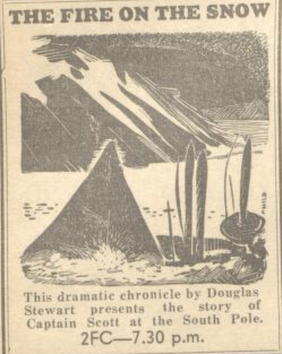
The Fire on the Snow is a 1941 Australian verse play by Douglas Stewart about the Terra Nova Expedition to Antarctica by Robert Falcon Scott. It premiered on ABC radio on 6 June 1941 to great acclaim and inspired a series of Australian verse dramas on ABC radio.
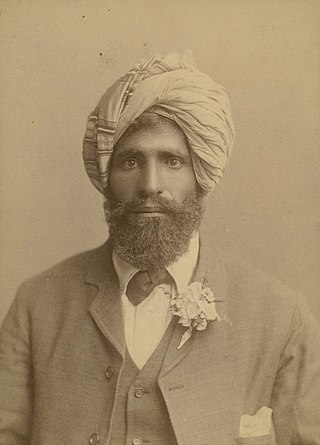
Dervish Bejah Baloch (c.1862–1957), also known as Bejah Dervish, or simply Dervish, was a camel driver who played a significant role in the exploration and development of outback Australia, before settling in Marree, South Australia and growing date palms.

The Beckoning Shore is a 1950 novel by E. V. Timms. It was the third in his Great South Land Saga of Australian historical novels, and shifts the action to New South Wales.
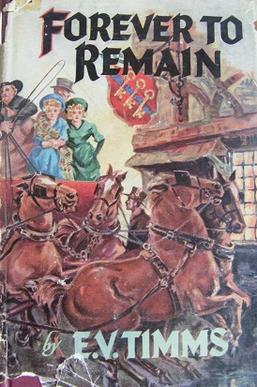
Forever to Remain is a 1948 novel by E. V. Timms, the first in his Great South Land Saga series of novels. He wrote it intending to be the first in a 12-part series of novels. It is set in West Australia, where Timms had spent some of his childhood. Timms had written a numner of historical novels but this was his first with an Australian setting.

The Pathway to the Sun is a 1949 novel by Australian author E. V. Timms. It was the second in his Great South Land Saga of historical novels..

The Valleys Beyond is a 1951 Australian novel by E. V. Timms. It was the fourth in his Great South Land Saga of novels.
The Dark Abyss is a 1951 novel. It is about Captain Saunders who is injured in the Korean War then falls in love with Dr Balant.
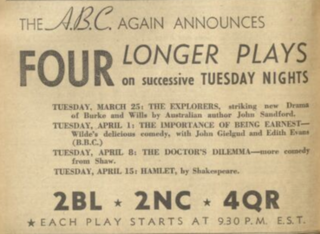
The Explorers is a 1952 Australian radio play about the Burke and Wills expedition by John Sandford. It was Sandford's first play.
Ralph Rashleigh and the Bushrangers is a 1953 Australian radio play by Edmund Barclay based on an 1840s novel by James Tucker.
Buke and Wills is a 1949 Australian radio play by Colin Thiele about the Burke and Wills expedition.

The Bronze Plain is a 1951 Australian radio play written by Coral Lansbury.
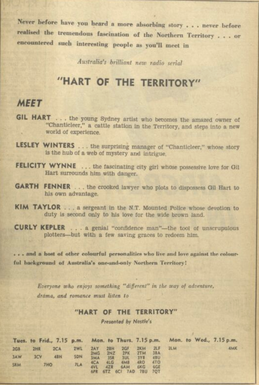
Hart of the Territory is a 1951 Australian radio serial by Anthony Scott Veitch and produced by Colin Cragin. It was set in the Northern Territory. Sydney John Kay wrote the music. Extensive research went into the scripts.
I'm a Dutchman is a 1951 Australian radio play by Alexander Turner about a Dutch artist in Australia.
I Tell My Story is a 1952 Australian radio serial about Burke and Wills by John Mckellar. It came third in the ABC serial writing competition.
Two Worlds is a 1952 Australian radio serial by Vance Palmer. It concerned shearer disputes in western Queensland and the shearer's struggle to form a union.
Helen Fowler was an Australian writer. Her debut novel The Shades Will Not Vanish became a best seller and was adapted for radio and film.
References
- ↑ "WOMEN'S INTERESTS". The Mail (Adelaide) . Vol. 41, no. 2, 062. South Australia. 8 December 1951. p. 38. Retrieved 13 February 2024– via National Library of Australia.
- ↑ "Outback figures in radio serial". Weekly Times . No. 4315. Victoria, Australia. 5 March 1952. p. 37. Retrieved 13 February 2024– via National Library of Australia.
- ↑ "Jubilee radio serial awards". Daily Mercury . Vol. 85, no. 283. Queensland, Australia. 27 November 1951. p. 1. Retrieved 13 February 2024– via National Library of Australia.
- ↑ "Jubilee Radio Serial Winners", ABC weekly, Sydney: ABC, 1 December 1951, retrieved 13 February 2024– via Trove
- ↑ "AFGHAN CAMEL DRIVER", ABC weekly, Sydney: ABC, 2 February 1952, retrieved 13 February 2024– via Trove
- ↑ "Radio Round-up". The Mail (Adelaide) . Vol. 41, no. 2, 070. South Australia. 2 February 1952. p. 24. Retrieved 13 February 2024– via National Library of Australia.
- ↑ "Radio Round-up". The Mail (Adelaide) . Vol. 41, no. 2, 072. South Australia. 16 February 1952. p. 26. Retrieved 13 February 2024– via National Library of Australia.